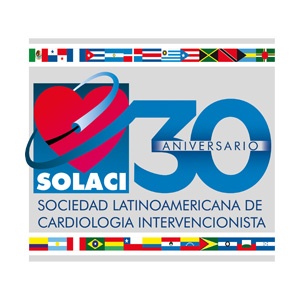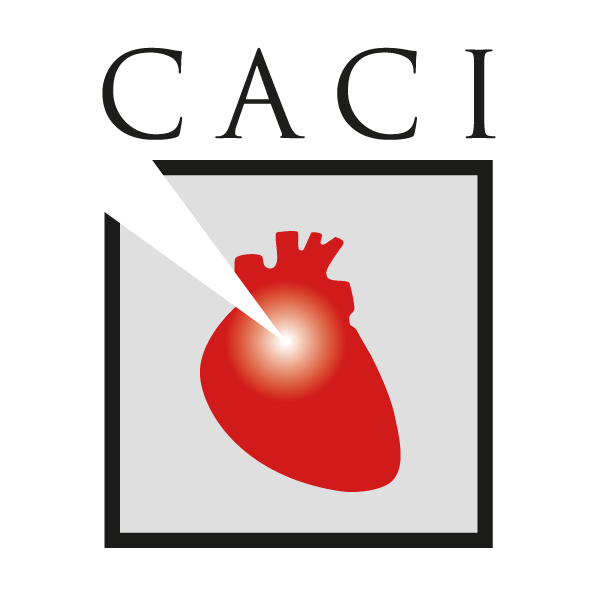Ulcers that do not heal, thus threatening the integrity of a lower limb in patients with critical ischemia, is a main concern. Sometimes, despite successful revascularization, major amputation cannot be prevented.
The anatomical description of angiosomes started in the 70s as a way of optimizing tissue grafts. Angiosomes are basically blocks of tissue that include skin, subcutaneous tissue, fascia, muscle, and bone fed by a specific artery and drained by a specific vein.
Read also: Pharmacological balloons in femoropopliteal territory passed time testing.
This concept was then adapted to peripheral revascularization, resulting in the description of 6 angiosomes in foot and leg fed by the three infrapatellar arteries (anterior tibial artery, posterior tibial artery, and fibular artery). Depending on ulcer location, revascularization can be direct (according to the angiosome) or indirect. Whether direct revascularization offers better chances of salvaging the lower limb, as opposed to indirect revascularization with good collaterals, is still unclear.
This study included 212 patients who underwent infrapopliteal balloon angioplasty from 2014 to 2016. Propensity score matching was used to compare complete ulcer healing, 1-year amputation-free survival, and limb salvage rates between the two study groups (direct revascularization vs. indirect revascularization).
Direct flow to the wound based on the angiosome principle was achieved in 117 lower limbs (55.2%) versus 95 lower limbs (44.8%) in the indirect revascularization group. Seventy-three matched pairs of patients were obtained to minimize intergroup differences.
Read also: What is the effect of statins on amputations, and survival in peripheral vascular disease?
At 12 months, the complete wound healing rates were 80.8% vs. 63.0% (p = 0.02), amputation-free survival rates were 72.6% vs. 61.6% (p = 0.164), and limb salvage rates were 90.4% vs. 82.2% (p = 0.148) in the direct revascularization vs. indirect revascularization groups, respectively.
Conclusion
This study suggests that complete ulcer healing rates are better when the affected area receives direct revascularization, whereas limb salvage and amputation-free survival rates were not significantly different.
Editorial
Angiosome-guided revascularization is not always possible in surgery due to the presence of infection in the area or a small outflow tract. In these cases, angioplasty can be a very good option, offering the possibility of indirect revascularization in case of procedural failure (an option that has offered similar limb salvage rates). We would start with infrapatellar angioplasty guided by ulcer angiosome and, if direct revascularization were not possible, we would try and use any other feasible artery.
The presence of diabetes (in >70% of patients in this study) is associated with a reduction in angiosome collaterals, and it would constitute the greatest limiting factor for indirect revascularization.
Original title: A Prospective Study to Evaluate Complete Wound Healing and Limb Salvage Rates After Angiosome Targeted Infrapopliteal Balloon Angioplasty in Patients with Critical Limb Ischaemia.
Reference: Ahmed Elbadawy et al. Eur J Vasc Endovasc Surg. 2018 Jan 16. Epub ahead of print.
Subscribe to our weekly newsletter
Get the latest scientific articles on interventional cardiology
We are interested in your opinion. Please, leave your comments, thoughts, questions, etc., below. They will be most welcome.





